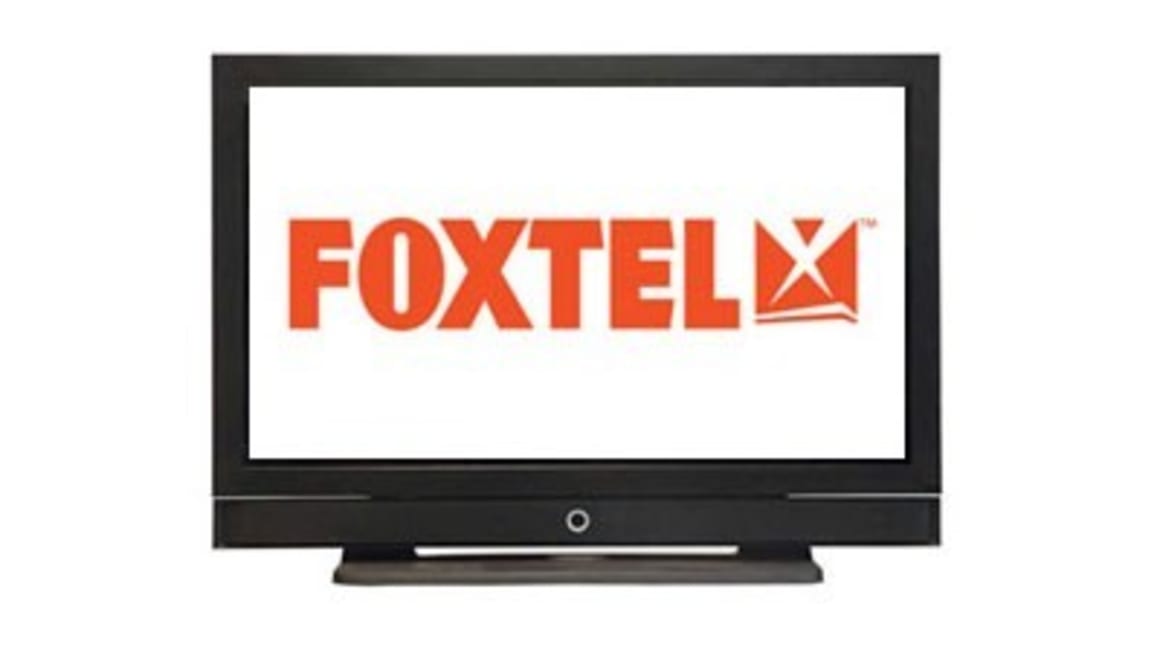Why less than a third of Australians have pay-TV in their homes

In 1999, when the Australian pay-TV industry was less than four years old, Foxtel CEO Tom Mockridge made a prediction: a big, bold and?—?as it turned out?—?wildly incorrect prediction. Within 10 years, he said, pay-TV would be installed in three-quarters of Australian homes.
Yet by 2009 only 29% of Australian homes had pay-TV.
Today, according to stockbroking firm CCZ Statton Equities, it’s currently at 28%?—?one of the lowest rates in the developed world.
Mockbridge’s over-optimism hasn’t stopped Richard Freudenstein, who replaced Kim Williams as CEO last year, from publicising his own lofty goals for the industry. In March, he announced an ambition to lift the take-up of pay-TV to 50% (though he didn’t apply a deadline to the target).
None of the media analysts contacted by Crikey for this story believe this will happen?—?ever. They say despite News Limited’s bid to lift its stake in Foxtel from 25 to 50%, the take-up of traditional pay-TV has already peaked?—?and will soon start to decline.
“There is no indication whatsoever that pay-TV in its current form will grow to 50%,” said veteran telecommunications consultant Paul Budde. “No way.”
Even securing AFL broadcasting rights last year, at a cost of $530 million, hasn’t boosted customer numbers significantly, Foxtel sources told The Australian Financial Review last month. There’s also no sign the Olympics?—?to air on Foxtel over eight channels later this month?—?has led to a spike either.
“They want to paint a picture of a beautiful blue sky: we’re thundering along, people are joining us, we’re growing,” said media analyst Steve Allen. “But that’s marketing and spin. At the pricing model they have now they’re not likely to get much growth.”
Cost, Allen says, is the major reason why the Australian pay-TV penetration rate dwindles behind the US (90%) or UK (60%). Signing up to pay-TV here costs far more than the US or most of Europe.
Other factors have applied a handbrake on growth, according to Citi analyst Justin Diddams. Pay-TV, he says, has had the best take-up in countries where providers bundle it together with other telephony services such as broadband or mobile phone deals. In the UK, for example, BSkyB has given away free broadband to lift subscriber numbers. In Australia this hasn’t been possible because Telstra?—?which owns 50% of Foxtel?—?won’t allow the pay-TV provider to sell broadband connections.
Our tough anti-siphoning laws also haven’t helped either. Nor has the arrival of Freeview, which allows people to watch for free the type of content they used to have to pay for.
None of this bad news, it’s important to point out, has stopped Foxtel from making serious dough. Although relatively few Aussies are prepared to fork out for pay-TV, those who do are willing to pay a lot. Last year, the company increased full-year earnings by 15.5%, despite subscriber numbers only rising by around 18,000.
This business model, however, is on its last legs thanks to the arrival of Internet Protocol Television (IPTV)?—?a technology that streams TV and video services via the internet direct to computer, television set or game console. The industry is still in a nascent stage, but is expected to grow rapidly in the next decade with the proliferation of high-speed broadband.
“The traditional model of pay-TV is on the way out,” said Paul Budde. “People will always be interested in good content?—?movies and sport?—?but the format in which it’s currently delivered is a dying concept.”
Roger Colman, head of media at CCZ Statton Equities, agrees. According to his firm’s projections, next year will be the last year of subscriber growth for traditional subscription television. By 2017, he expects around a fifth of households to have satellite or cable pay-TV while IPTV will be approaching 50% penetration.
Chris Coughlan, research director at technology analyst firm Telsyte, says the growth of IPTV represents both an ”opportunity and a threat” for Foxtel.
The opportunity: many more customers. The threat: many more competitors?—?including Fetch TV, Apple TV, Netflix and, ironically, Telstra, which is taking on Foxtel with T-Box, which offers movies on demand and live sport.
“It’ll be a fine balancing act to package up the IPTV channels so they don’t cannibalise the existing plantium users?—?those who get all the services, not just bits and pieces,” said Coughlan. “They’ll have to be very clever.”
Steve Allen reckons Foxtel will have much lower profit margins in five years time. It will also have to spend big on original programming to maintain viewers (an outcome that would be a boon for the Australian entertainment industry).
Roger Colman is far more optimistic than his counterparts. Foxtel, he asserts confidently, will make more money in the IPTV era than it does now. ”It’s a simple equation,” he said. “There are no real competitors of any import.”
Foxtel, Colman says, is expanding into IPTV far more aggressively than it’s making out and is already stiching up deals with major Hollywood studios for Australian IPTV rights.
Despite the widespread assumption that the internet leads to fragmentation, Colman says real-world experience shows that it also leads to monopolies. In the US, Amazon has around 80% of the online book market, Netflix owns 90% of the online DVD market, while iTunes has around 90% of digital music sales.
He expects Foxtel will achieve the same market dominance in Australia for IPTV and is telling his clients to bank on it.
Crikey approached Foxtel CEO Richard Freudenstein for comment but he was unavailable.
This article originally appeared on Crikey.